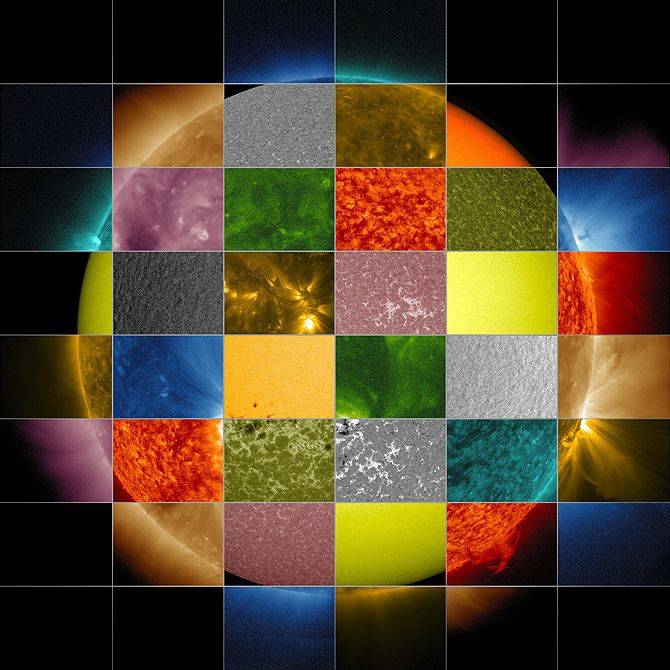 I’ve seen so many shows at Staerkel Planetarium that I have actually learned to write in the dark. It’s a simple process, really, and I can’t believe it took me as long as it did to figure it out. Before I came up with a proper method, I would just scribble down as much as I could before the lights went out completely, and I did the same when they came up. It was a stupid and ineffective thing to do, but I didn’t know what else was to be done. I mean, unless I was going to develop the ability to see in the dark…
I’ve seen so many shows at Staerkel Planetarium that I have actually learned to write in the dark. It’s a simple process, really, and I can’t believe it took me as long as it did to figure it out. Before I came up with a proper method, I would just scribble down as much as I could before the lights went out completely, and I did the same when they came up. It was a stupid and ineffective thing to do, but I didn’t know what else was to be done. I mean, unless I was going to develop the ability to see in the dark…
Now that I’ve learned to hold my place with my finger and visualize the letters, I’m able to take brief, legible notes in the dark of the planetarium. This time around, when I went to Cosmic Colors, the first thing I wrote was “Dave = good-natured.” If you’ve been to Staerkel Planetarium, you have most likely become acquainted with a man called Dave who knows just about everything about anything natural you could see in the sky. He’s personable and funny and genuinely enthusiastic about astronomy. It’s contagious.
 In this visit to the planetarium, I learned about perceived color and what Dave calls “color we can’t see with your eyes.” Cosmic Colors addresses the questions we asked as children and have pretended to know the answers to as adults: Why is the sky blue? Why are leaves green?
In this visit to the planetarium, I learned about perceived color and what Dave calls “color we can’t see with your eyes.” Cosmic Colors addresses the questions we asked as children and have pretended to know the answers to as adults: Why is the sky blue? Why are leaves green?
Before those questions are answered, we find a few familiar landmarks (spacemarks?) in the local, seasonal sky. To the west, just after sunset, we see Venus. The Milky Way, which is hard to miss, is incredibly dusty. In fact, the dark portions of the Milky Way are just as jam-packed with stars as the bright, but the dust covers the light they exude. The dark portions are filled with radio and gamma rays, which are the longest and highest energy waves, respectively.
Through upbeat music and energetic voice-overs, Cosmic Colors personifies the colors of the rainbow. We learn that Isaac Newton, the inventor of calculus, among other things, is the person who created the acronym ROY G BIV. (The original list did not include orange or indigo.) Each color is introduced and explored, and various celestial bodies are highlighted. We find out that hot stars are not fiery red or blazing orange. They are an icy blue.
 One of the coolest things about the human body is the eye. It is an unbelievably high functioning, complex organ. The way the eye absorbs light and perceives color is quite the miracle, for lack of a better word. I would watch an entire show about that, honestly.
One of the coolest things about the human body is the eye. It is an unbelievably high functioning, complex organ. The way the eye absorbs light and perceives color is quite the miracle, for lack of a better word. I would watch an entire show about that, honestly.
As amazing as the human eye is, there are many things we cannot see. Cosmic Colors shows us the technological advantages that allow us to see infrared, ultraviolet, and gamma rays, among other things. Firefighters use specialized cameras to see infrared rays (heat energy) to see flames through smokey corridors. Bank tellers and officers of the law can use ultraviolet rays (which are high energy) to detect counterfeit bills. X-rays, which are most famously used for taking pictures of potentially broken bones, run rampant at the center of black holes. There are tools that scientists, engineers, and researchers use to see these various waves. The sun is constantly shooting energy through our solar system, but that energy is invisible to the naked eye. When the sun is photographed at different wave lengths, the results are super cool.
I’m no scientist, obviously, but I do like pretty colors.








